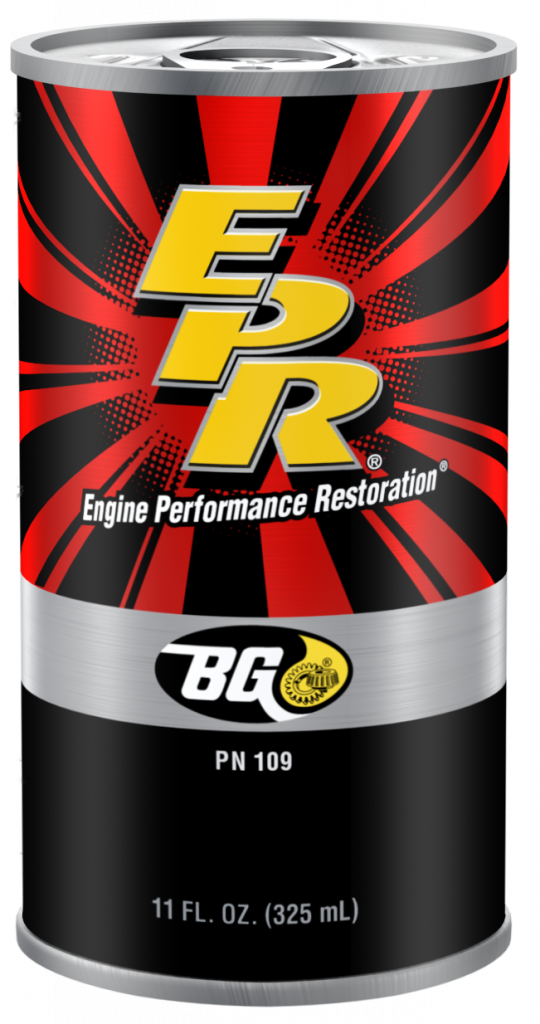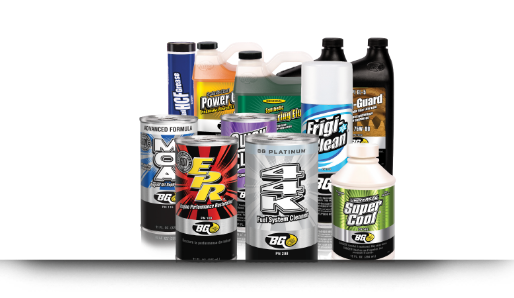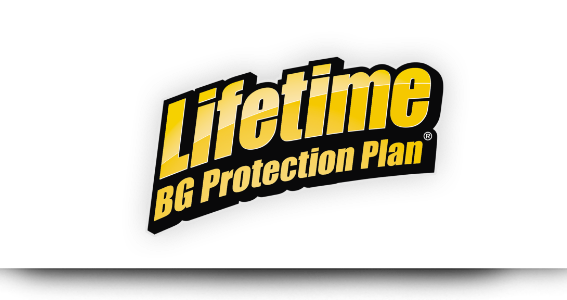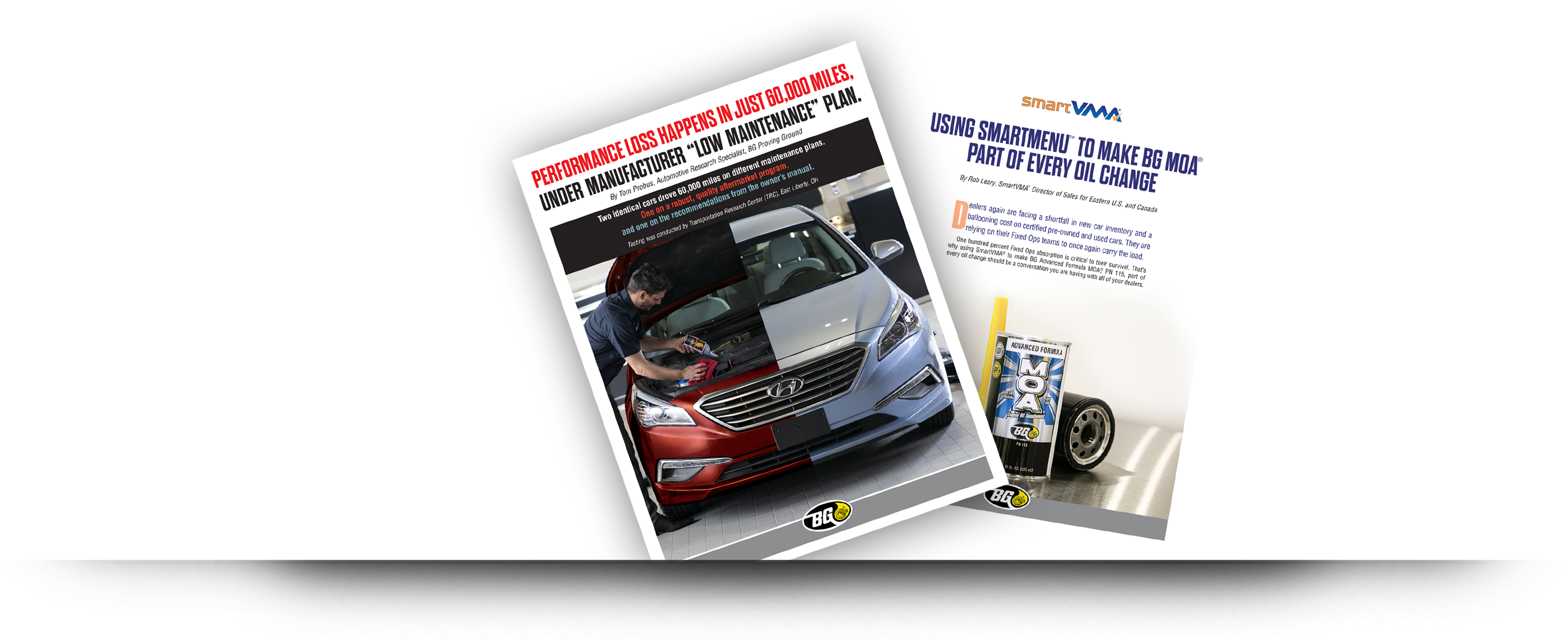Does the use of ethanol reduce fuel economy relative to conventional gasoline?
E85 fuel
Can any vehicle use ethanol-containing fuel?
Can ethanol-containing fuel affect cold starting?
Does ethanol-containing fuel dry the fuel system?

One solution is to add a relatively large amount of BG Fuel System Drier, PN 280, to the tank. Raise the temperature of the fuel to around 70°F in a warm garage. Slosh the fuel in the tank to promote mixing. And, hope the temperature remains warm enough so the fuel can be used before the next cold spell.
Or…drain the water/ethanol mixture from the bottom of the tank.
Can ethanol-containing fuel cause fuel-filter plugging?
Can ethanol-containing fuel cause engine deposits?
Yes. E10 fuel is the worst blend in terms of deposit formation. It can create significantly more deposits than conventional gasoline. Oddly, E85 fuel is generally considered better than conventional gasoline in terms of deposit formation. But solubility problems have been linked to the type of detergent additive used in E85 fuel. These detergents would be the types typically found in conventional gasoline (e.g., polybutene amine). Polyether amine, such as that found in BG 44K® have been shown to be stable in ethanol-blended gasoline.
Can ethanol-containing fuel corrode the fuel system?
Yes. Ethanol is a mildly acidic molecule. Acids accelerate the corrosion process, particularly in iron-based alloys. But it can accelerate corrosion to aluminum, brass, bronze, silver, lead and other alloys found in the fuel system.
Protect the fuel system by neutralizing acids in the fuel with an amine-dispersant, such as polyether amine, and adding corrosion inhibitors—BG Supercharge® II, PN 202.

Does ethanol-containing fuel help reduce emissions?
Are fuel retailers required to label pumps that contain ethanol?
Are boats, small engines and recreational vehicles prone to problems with ethanol-containing fuel?
What can BG do to help?
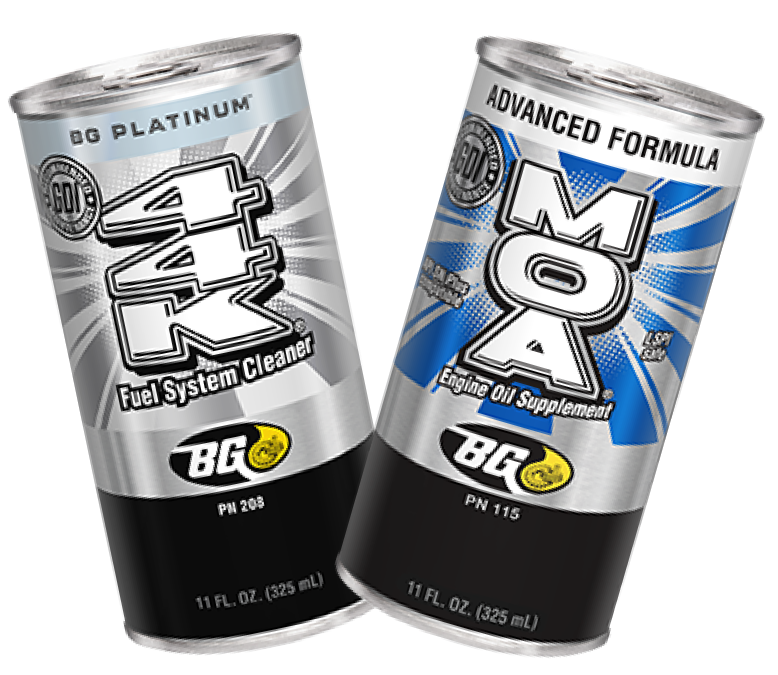
Add BG 44K® to quickly remove the deposit formations caused by the use of E10 fuel. BG Advanced Formula MOA® helps neutralize the combustion acids and corrosive effects of ethanol in the crankcase and upper cylinder area plus provides excellent anti-oxidation protection.
E10 fuel accelerates deposit formation on rings. And, stuck rings not only cause excessive oil consumption, but also allow oil to enter the combustion chamber and soil spark plugs and sensors. Use BG Engine Performance Restoration, Part No. 109, at oil changes to prevent ring sticking and improve effectiveness of emission control systems.
E10 fuel accelerates deposit formation on rings. And, stuck rings not only cause excessive oil consumption, but also allow oil to enter the combustion chamber and soil spark plugs and sensors. Use BG Engine Performance Restoration, Part No. 109, at oil changes to prevent ring sticking and improve effectiveness of emission control systems.
